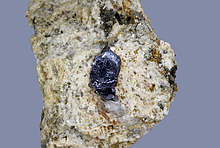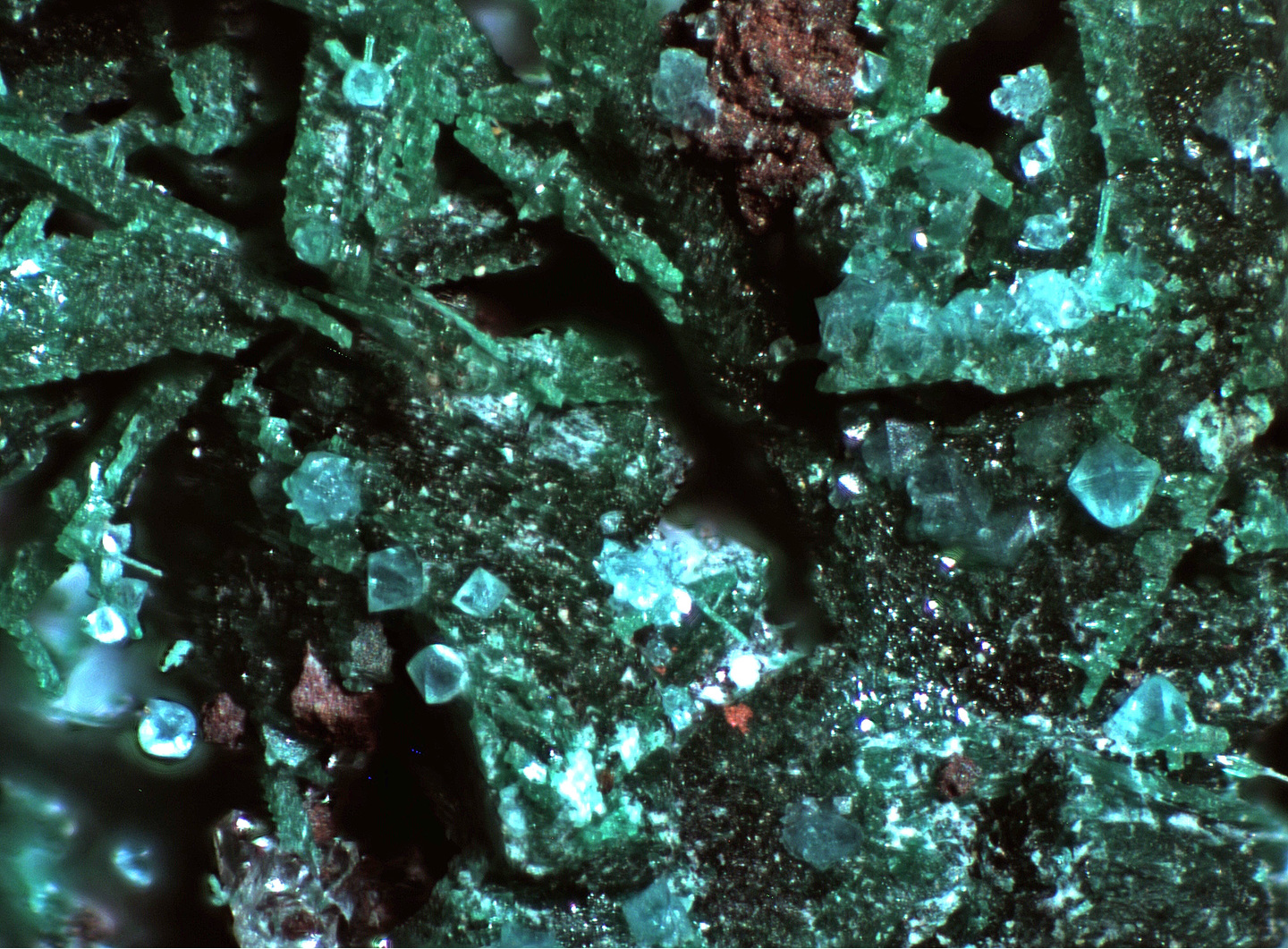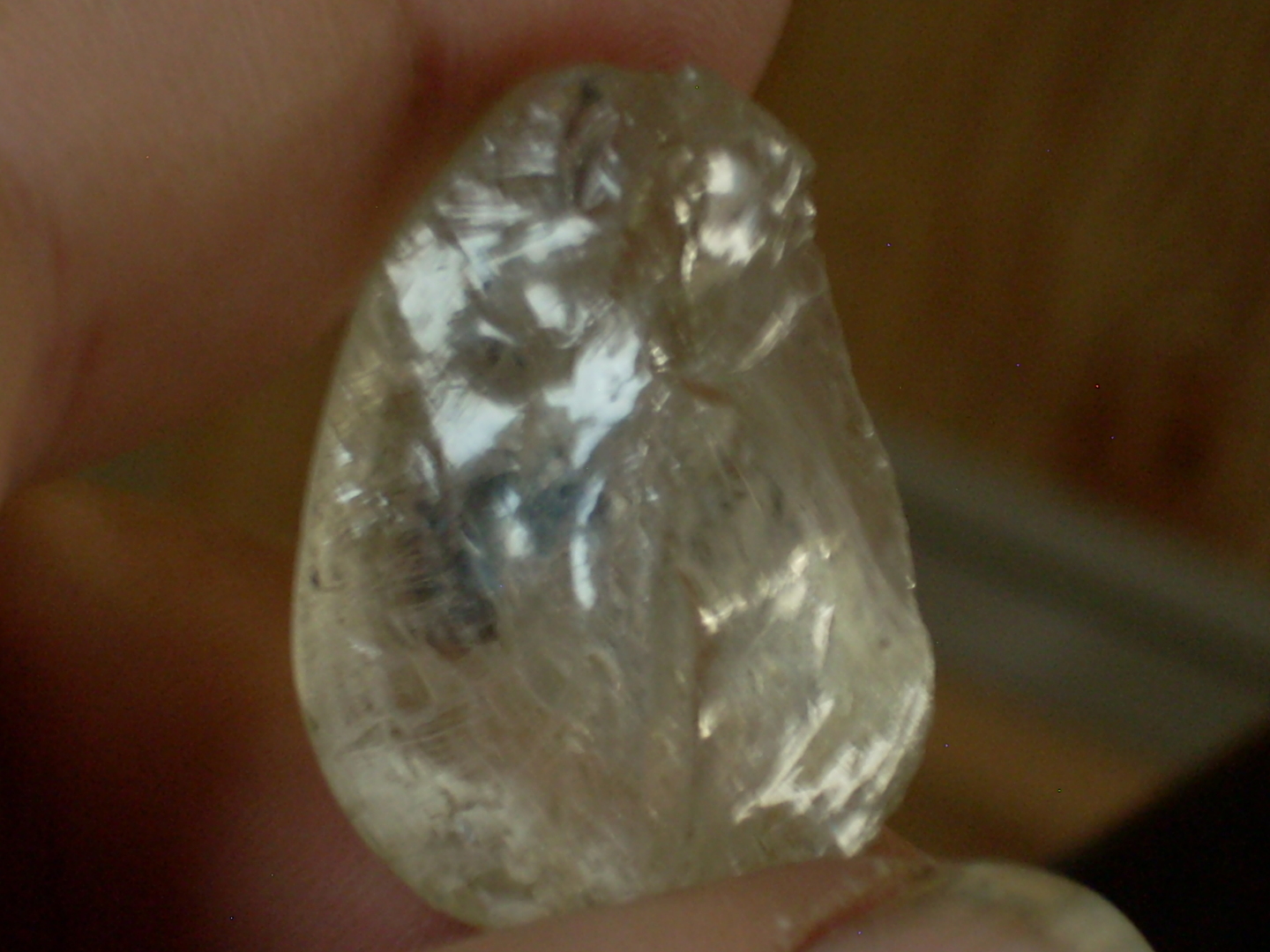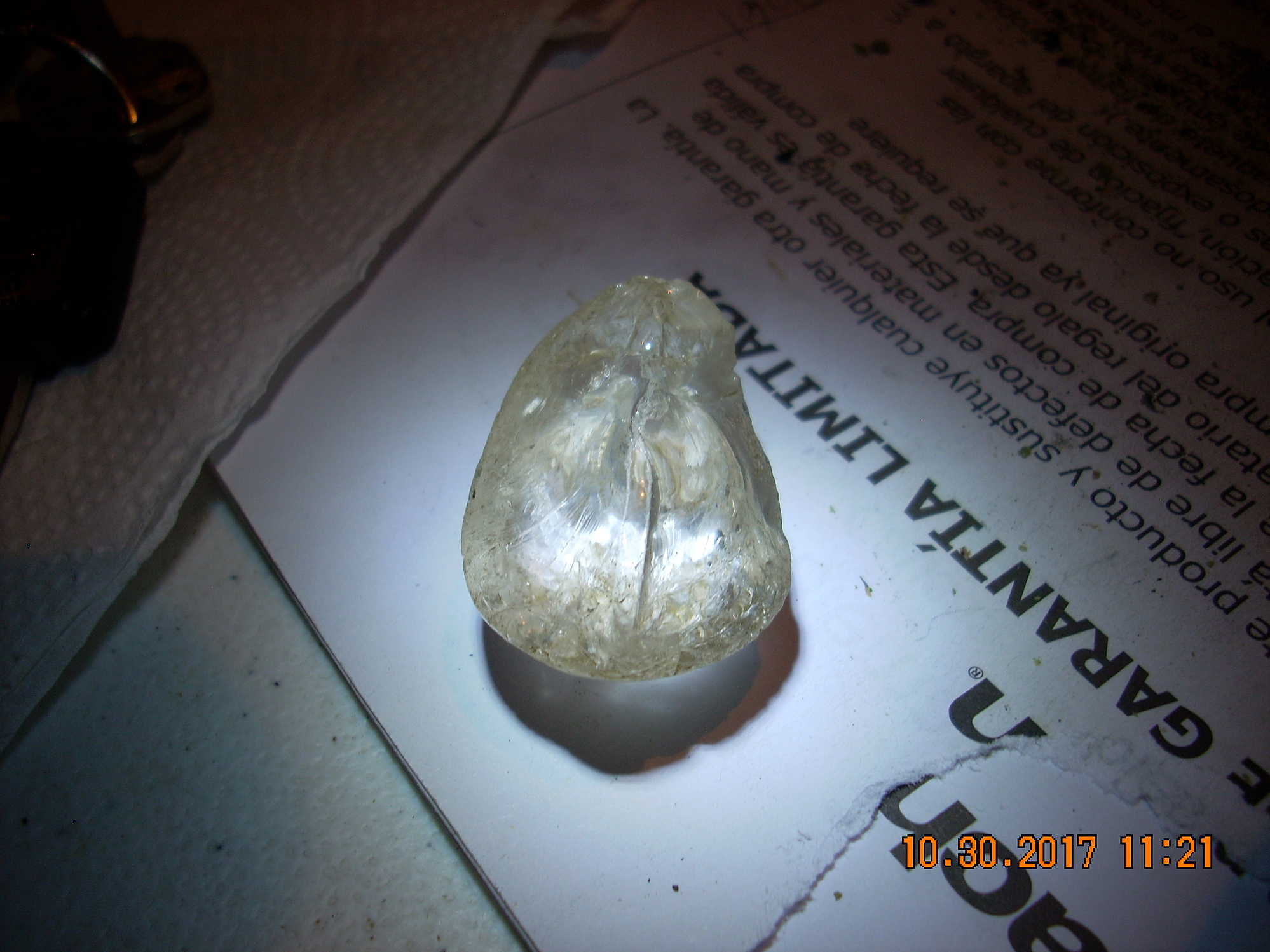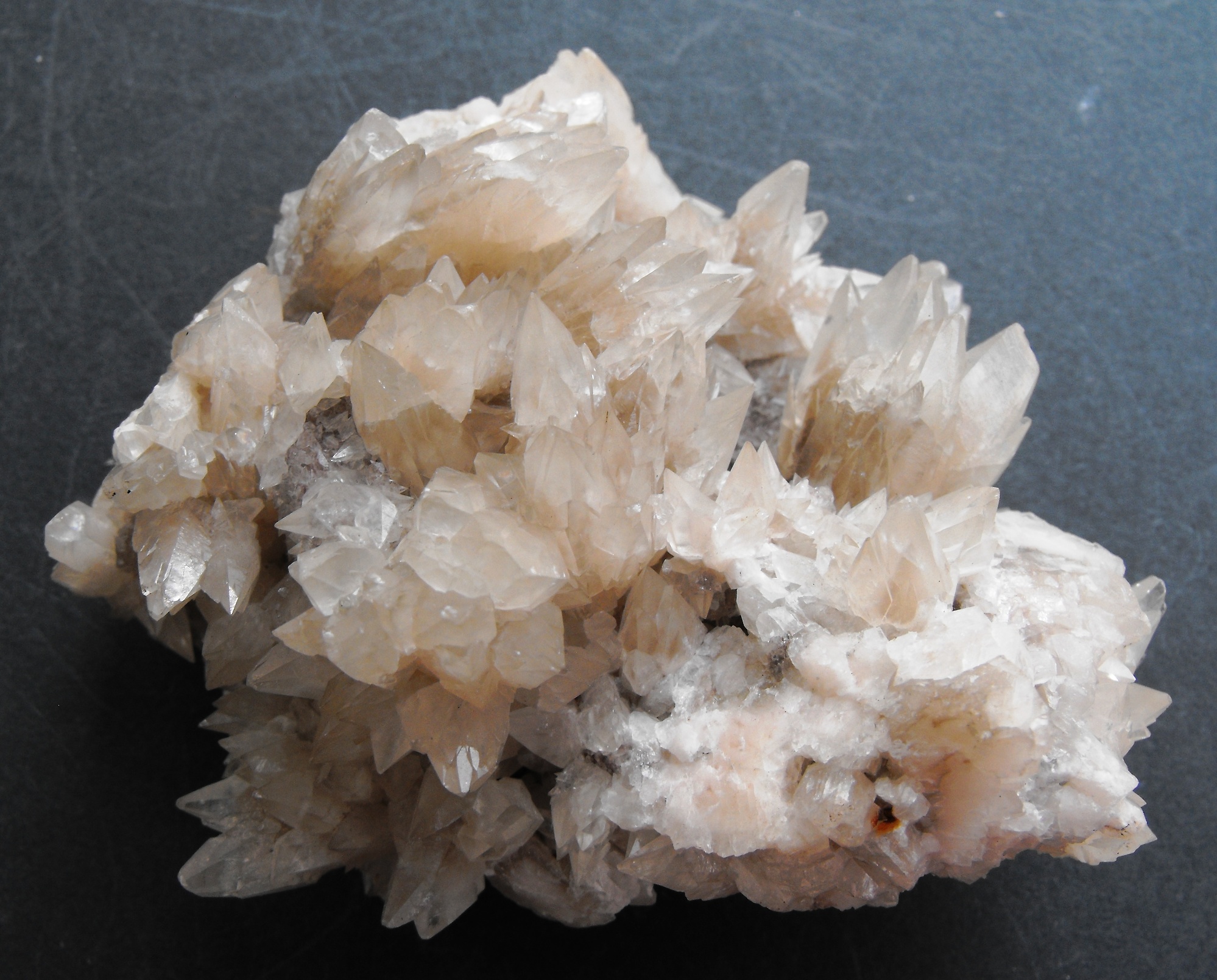Home PageAbout MindatThe Mindat ManualHistory of MindatCopyright StatusWho We AreContact UsAdvertise on Mindat
Donate to MindatCorporate SponsorshipSponsor a PageSponsored PagesMindat AdvertisersAdvertise on Mindat
Learning CenterWhat is a mineral?The most common minerals on earthInformation for EducatorsMindat ArticlesThe ElementsThe Rock H. Currier Digital LibraryGeologic Time
Minerals by PropertiesMinerals by ChemistryAdvanced Locality SearchRandom MineralRandom LocalitySearch by minIDLocalities Near MeSearch ArticlesSearch GlossaryMore Search Options
The Mindat ManualAdd a New PhotoRate PhotosLocality Edit ReportCoordinate Completion ReportAdd Glossary Item
Mining CompaniesStatisticsUsersMineral MuseumsClubs & OrganizationsMineral Shows & EventsThe Mindat DirectoryDevice SettingsThe Mineral Quiz
Photo SearchPhoto GalleriesSearch by ColorNew Photos TodayNew Photos YesterdayMembers' Photo GalleriesPast Photo of the Day GalleryPhotography
╳Discussions
💬 Home🔎 Search📅 LatestGroups
EducationOpen discussion area.Fakes & FraudsOpen discussion area.Field CollectingOpen discussion area.FossilsOpen discussion area.Gems and GemologyOpen discussion area.GeneralOpen discussion area.How to ContributeOpen discussion area.Identity HelpOpen discussion area.Improving Mindat.orgOpen discussion area.LocalitiesOpen discussion area.Lost and Stolen SpecimensOpen discussion area.MarketplaceOpen discussion area.MeteoritesOpen discussion area.Mindat ProductsOpen discussion area.Mineral ExchangesOpen discussion area.Mineral PhotographyOpen discussion area.Mineral ShowsOpen discussion area.Mineralogical ClassificationOpen discussion area.Mineralogy CourseOpen discussion area.MineralsOpen discussion area.Minerals and MuseumsOpen discussion area.PhotosOpen discussion area.Techniques for CollectorsOpen discussion area.The Rock H. Currier Digital LibraryOpen discussion area.UV MineralsOpen discussion area.Recent Images in Discussions
GeneralUnknown Mineral Photos

5th Nov 2017 20:26 UTCRolf Luetcke Expert
I have a large number of pieces where I have only one or two of something that has me stumped and I am sure others have the same out there.
Just thought it would be fun to share some of them here just to show some odd things and who knows, someone out there may have an idea. I know the main comment will be "get it tested at a lab" but that is not the reason for the post, just to share unusual finds.
Hope it is fun to see some of the odd unknown pieces we probably all have.
Rolf
The two photos here are green unknown spherical clusters in red chalcotrichite from the mine at Bisbee. It was in a batch of material that came from one of the miners and was given to me.

5th Nov 2017 20:30 UTCRolf Luetcke Expert
Here is a second Bisbee unknown. This piece was collected by a miner who worked in Bisbee. It is tiny, translucent light blue pyramidal crystals on elongated malachite. Again, only two tiny pieces with these little crystals and too tiny to try and test at home with hardness etc. and too few to try a number of tests on. So, just for fun.
5th Nov 2017 20:44 UTCUwe Kolitsch Manager
5th Nov 2017 21:33 UTCReiner Mielke Expert

5th Nov 2017 21:42 UTCRolf Luetcke Expert
I had shown the piece to Doug Graeme a number of years ago and he also said it was very interesting.
Reiner,
Yes, on the piece it could be tested but as I had said above, only a couple of pieces of so many of the things I have in my ? boxes that I have not enough to do much passing around.
I was hoping others might post a photo or two of things they have had sitting and wondered about.

6th Nov 2017 15:07 UTCRolf Luetcke Expert
Here is another one from Bisbee that was actually chemically analyzed and shown to have Cu and Si in it but it was not shown to be a certain mineral.
This piece I did try a tiny bit in dilute HCL and it effervesced and dissolved. The first photo shows the actual blades at the top of the little piece. Second photo shows the bottom crystals, which are quite different.
Mary often says the piece is in transition and may be altering from one mineral to another. I had one piece the size of my thumbnail and broke the piece and sent one small piece with a friend who did the chemical analysis but I never got the piece back or any definitive answer.
Since it is so small, it is not going to be sent off anywhere.
My hopes in starting the thread was not so much for help with the ID's of the pieces but to show some special pieces that I have always liked but they sit in my ? boxes.

7th Nov 2017 15:16 UTCjeff yadunno
my guess some kind of industrial use porcelain? likely man made by the look of it but i dont really know.
it was found at the beach in toronto, canada
i do not have a kit or the correct minerals to accurately test hardness
so hopefully that is in the line of thinking you had with this thread even though it is not a well formed crystal of something unidentified
http://s253.photobucket.com/user/subsonicdrone/media/IMG_5510_zpsv7mslro9.jpg.html
it is definately on the back burner and not something which is a priority to identify

7th Nov 2017 22:55 UTCRolf Luetcke Expert
Thanks for continuing the thread I had started. I know there are a lot of mystery things and minerals people have in their collections they have photos of and don't know what they are.
Certainly something I would pick up as well and not have an idea what it is, fun piece!
8th Nov 2017 23:12 UTCGregg Little 🌟
Yours might be a fossil like hexagonaria coral. Check out Petoskey stone on the internet.

8th Nov 2017 23:31 UTCRolf Luetcke Expert
Here is kind of a fun one. I know the where pretty darn close to the Lavender Pit, Holbrook Extension on the Bisbee mine and the matrix is mostly goethite but sure don't know what the yellow follows. It is either goethite or limonite but the only mineral from Bisbee I know that has the fibers nature like this is the chalcotrichite but there is none on the rest of the piece and it is only a guess. At the lower right in the mass of yellow is a tiny triangular crystal that is very hard to see in this angle, another replacement but of what after what.
This one is a fun looking piece.

9th Nov 2017 00:16 UTCpaul duncan

9th Nov 2017 01:28 UTCpaul duncan

9th Nov 2017 01:36 UTCDonald B Peck Expert
have you trued to determine the hardness? If you do not have hardness points, use the tip of a knife and also will it scratch glass? Where is it from (source almost always helps with identification)? If you have a small scale, and know how, a specific gravity determination should be easy on this piece. One comment, you mentioned that it "cleaved". It certainly fractured, but to us cleavage produces a flat plane, which the surface shown does not exhibit..
You could have quartz (but I kind of doubt it). It could also be topaz. Or something else. We need more information.
Don

9th Nov 2017 02:32 UTCpaul duncan

9th Nov 2017 03:49 UTCpaul duncan
9th Nov 2017 06:13 UTCKnut Eldjarn 🌟 Manager
The green spheres in your first photo remind me of Clinochlore. Have you considered such a simple explanation?
These spheres clearly predate the formation of Cuprite and could be a result of hydrothermally altered matrix.
Knut

9th Nov 2017 13:12 UTCRolf Luetcke Expert
Thanks for the input of clinochlore, had not thought of it but have collected quite a bit in other locations in Arizona, just not Bisbee. For some reason it didn't fit with the way I have found clinochlore here. Didn't really look micacious to me but as you said it is probably predating the cuprite formation and is possible. Too little I came across to warrant testing I have always thought.
Just fun things for me to look at once in a while to see if I have learned anything since the last time I looked.
I have the advance copy of the Bisbee mineral book by Richard Graeme, hope they get it published soon, that has all the Bisbee mineral associations and I know a deep search of the book could give me a better idea but that is a big project for such small specimens. Fun to think about the possibilities though.
Thanks again for your input.
Rolf

9th Nov 2017 16:10 UTCDoug Schonewald
You can see several smaller crystals in the photo (one above and one below the main crystal) that are clear until you turn the specimen and then they show a bluish color also.

9th Nov 2017 16:52 UTCDonald B Peck Expert
Do you have a piece of quartz crystal that you could try to scratch with your speicimen? there are no a lot of minerals that look like yours and are harder than quartz. Can you determine a specific gravity/density for your specimen? If so, it should pin down the identity.
Don

9th Nov 2017 18:28 UTCDoug Schonewald

9th Nov 2017 23:22 UTCRolf Luetcke Expert
Your photo is exactly what I had hoped in starting this thread. I have so many of these very interesting pieces that I don't know and knew others would have some as well.
Neat piece, would have been set aside by me as well and sit in my ? box.
Thanks for posting the photo.
10th Nov 2017 22:23 UTCMatt Neuzil Expert

11th Nov 2017 01:19 UTCjeff yadunno
it looks like glass rods in porcelain (or something similar) with no glaze showing anywhere

1st Dec 2017 21:46 UTCRolf Luetcke Expert
This is a specimen that is not an unknown species but the unknown here is locality and I know that calcite can come from a zillion places and to pin down a location is impossible but it is a very nice calcite and thought I post the photos just for fun since I know it can't be pinned down to locality.
I found a spot in our display case for it.
2nd Dec 2017 00:40 UTCKevin Conroy Manager

2nd Dec 2017 14:14 UTCRolf Luetcke Expert
No problem. Only other mineral seems to be pyrite, possible arsenopyrite but too little to be sure.
4th Dec 2017 01:16 UTCKevin Conroy Manager

4th Dec 2017 20:38 UTCRolf Luetcke Expert
As said when I first posted the photo, never thought there would be a chance to figure out where the calcite was from. Just a very well formed calcite and it sits in our display case, looking pretty.
Here is another one for which I had started this thread.
It is a yellow unknown from an unknown small prospect near Benson Arizona we have collected at a lot. I found only one tiny cluster and the view here is only 2mm fo the photo. A friend who went there also had found one just like it and took it to the lab at a university when they were allowing friends to come and test a thing or two. He was not very familiar with the equipment and whey he attempted to test this same kind of specimen he had only found one of, he burned the cluster to dust. No results and his specimen was gone. He remembered I had one and asked it I wanted to get it tested. I backed off because he had told me what happened to his.
I still have this piece but never have thought about having it analyzed since it comes from a pretty well unknown location that very few have ever been to and I have only this one tiny piece and don't want to loose it.
Kind of fun thinking of what it could be. So, since it is so tiny and no others found to work with, I have no plans to do any testing at home either, just like taking it out once in a while.
Thought I share this photo.




Mindat.org is an outreach project of the Hudson Institute of Mineralogy, a 501(c)(3) not-for-profit organization.
Copyright © mindat.org and the Hudson Institute of Mineralogy 1993-2024, except where stated. Most political location boundaries are © OpenStreetMap contributors. Mindat.org relies on the contributions of thousands of members and supporters. Founded in 2000 by Jolyon Ralph.
Privacy Policy - Terms & Conditions - Contact Us / DMCA issues - Report a bug/vulnerability Current server date and time: April 20, 2024 06:10:08
Copyright © mindat.org and the Hudson Institute of Mineralogy 1993-2024, except where stated. Most political location boundaries are © OpenStreetMap contributors. Mindat.org relies on the contributions of thousands of members and supporters. Founded in 2000 by Jolyon Ralph.
Privacy Policy - Terms & Conditions - Contact Us / DMCA issues - Report a bug/vulnerability Current server date and time: April 20, 2024 06:10:08

